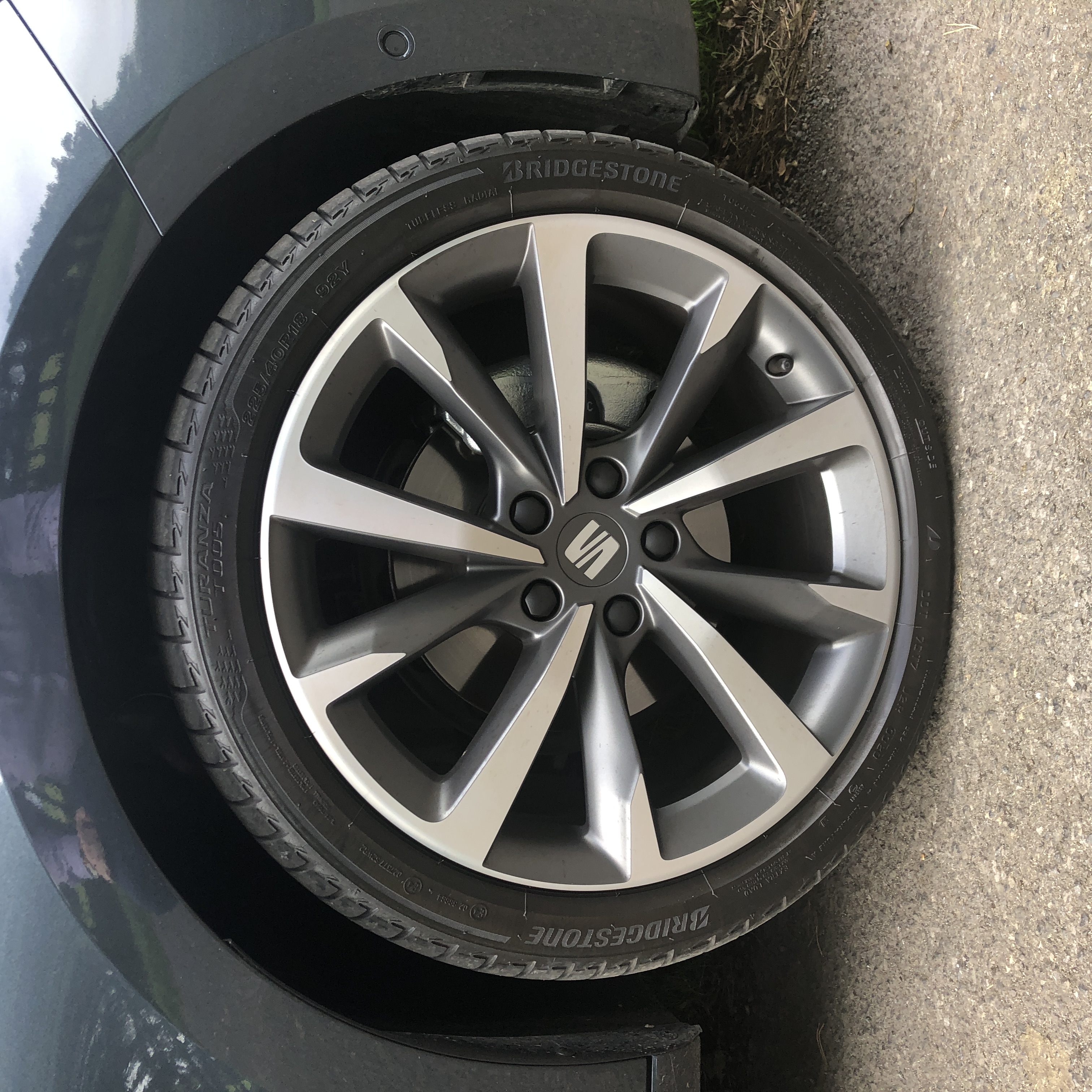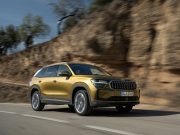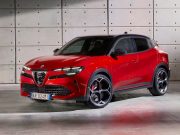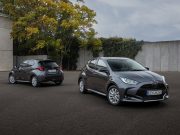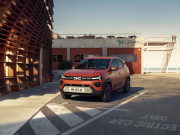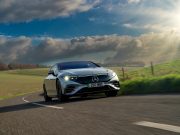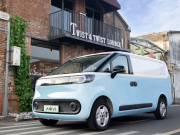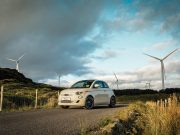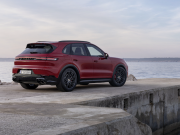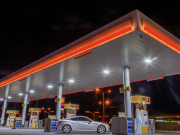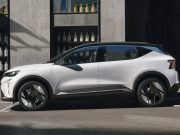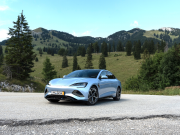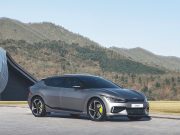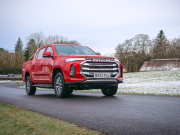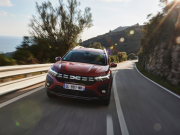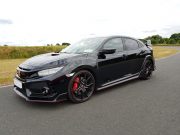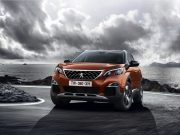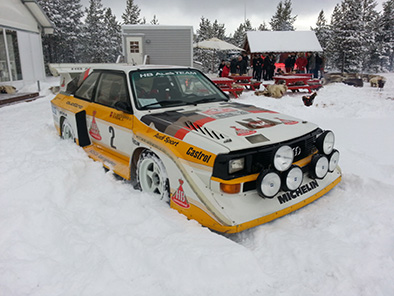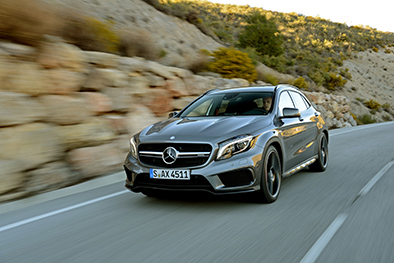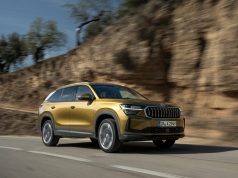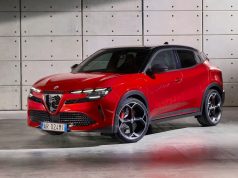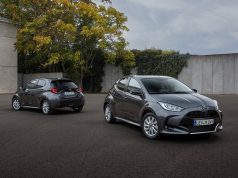 We were fortunate enough to be in sunny Spain for the launch of the previous generation SEAT Leon but now with the world in the grips of a pandemic, we find ourselves closer to home for the launch of the exciting fourth generation Leon. Hot on the heels of the new Golf 8 here we have another car based on the same underpinnings (MQB Evo platform) but with a much more striking design. The Leon looks bigger at 4,368mm long (+86mm) and slightly lower at 1,456mm high (-3mm) over its predecessor. This increased wheelbase of 2,686mm, which equates to 50mm more, gives occupants a larger interior space. There is ample room even in the back for longer journeys but its what you get for your money overall that really makes the new Leon a must consider machine.
We were fortunate enough to be in sunny Spain for the launch of the previous generation SEAT Leon but now with the world in the grips of a pandemic, we find ourselves closer to home for the launch of the exciting fourth generation Leon. Hot on the heels of the new Golf 8 here we have another car based on the same underpinnings (MQB Evo platform) but with a much more striking design. The Leon looks bigger at 4,368mm long (+86mm) and slightly lower at 1,456mm high (-3mm) over its predecessor. This increased wheelbase of 2,686mm, which equates to 50mm more, gives occupants a larger interior space. There is ample room even in the back for longer journeys but its what you get for your money overall that really makes the new Leon a must consider machine.
 From standard buyers will pick up the new Leon with a plethora of features such as 16-inch alloy wheels, an 8-inch media system and SEAT Connect. You also get adaptive cruise control, light assist, and fatigue detection, which we are not sure anyone pays attention to. The Xcellence and FR trim levels offer customers even more additional features as standard with 17-inch alloy wheels on the Xcellence spec and glorious 18-inch alloy wheels on FR which is the car we had on test. In these trim specifications you also get a full digital cockpit, full LED lights, sweeping rear lights or ‘Coast to coast” as they are called, wrap around interior lighting, and more tech than you can imagine.
From standard buyers will pick up the new Leon with a plethora of features such as 16-inch alloy wheels, an 8-inch media system and SEAT Connect. You also get adaptive cruise control, light assist, and fatigue detection, which we are not sure anyone pays attention to. The Xcellence and FR trim levels offer customers even more additional features as standard with 17-inch alloy wheels on the Xcellence spec and glorious 18-inch alloy wheels on FR which is the car we had on test. In these trim specifications you also get a full digital cockpit, full LED lights, sweeping rear lights or ‘Coast to coast” as they are called, wrap around interior lighting, and more tech than you can imagine.
 The SEAT Leon has always had a decent choice of engines no doubt because of its VW partnership and this new model is no different. Five engine options provide decent choice kicking off with two petrol engine choices in the 1.0 TSI 110hp and a 1.5 TSI 150hp. Diesel lovers are catered for also with the strong 2.0 TDI 115hp and a 2.0 TDI 150hp DSG. A new offering for SEAT will be the addition of the mild hybrid electric vehicle available in a 1.5 eTSI 150 DSG. Our FR test vehicle had the 150hp 2.0 TDI and it pulled like a freight train. Is it the best engine in the bunch? Well, it depends on your usage really. If you plan on big motorway miles then we would recommend the diesel option but if your daily round trip is below 150 kilometers, the petrol variants are more than enough.
The SEAT Leon has always had a decent choice of engines no doubt because of its VW partnership and this new model is no different. Five engine options provide decent choice kicking off with two petrol engine choices in the 1.0 TSI 110hp and a 1.5 TSI 150hp. Diesel lovers are catered for also with the strong 2.0 TDI 115hp and a 2.0 TDI 150hp DSG. A new offering for SEAT will be the addition of the mild hybrid electric vehicle available in a 1.5 eTSI 150 DSG. Our FR test vehicle had the 150hp 2.0 TDI and it pulled like a freight train. Is it the best engine in the bunch? Well, it depends on your usage really. If you plan on big motorway miles then we would recommend the diesel option but if your daily round trip is below 150 kilometers, the petrol variants are more than enough.
 SEAT haven’t been known to scrimp in the safety department and this all new Leon is widely regarded as the safest vehicle the brand has ever developed. With the integration of a state-of-the-art suite of Advanced Driver Assistance Systems (ADAS) their aim was simple! Lets not just protect passengers from potential accidents, but also to prevent accidents actually happening in the first place.
SEAT haven’t been known to scrimp in the safety department and this all new Leon is widely regarded as the safest vehicle the brand has ever developed. With the integration of a state-of-the-art suite of Advanced Driver Assistance Systems (ADAS) their aim was simple! Lets not just protect passengers from potential accidents, but also to prevent accidents actually happening in the first place.
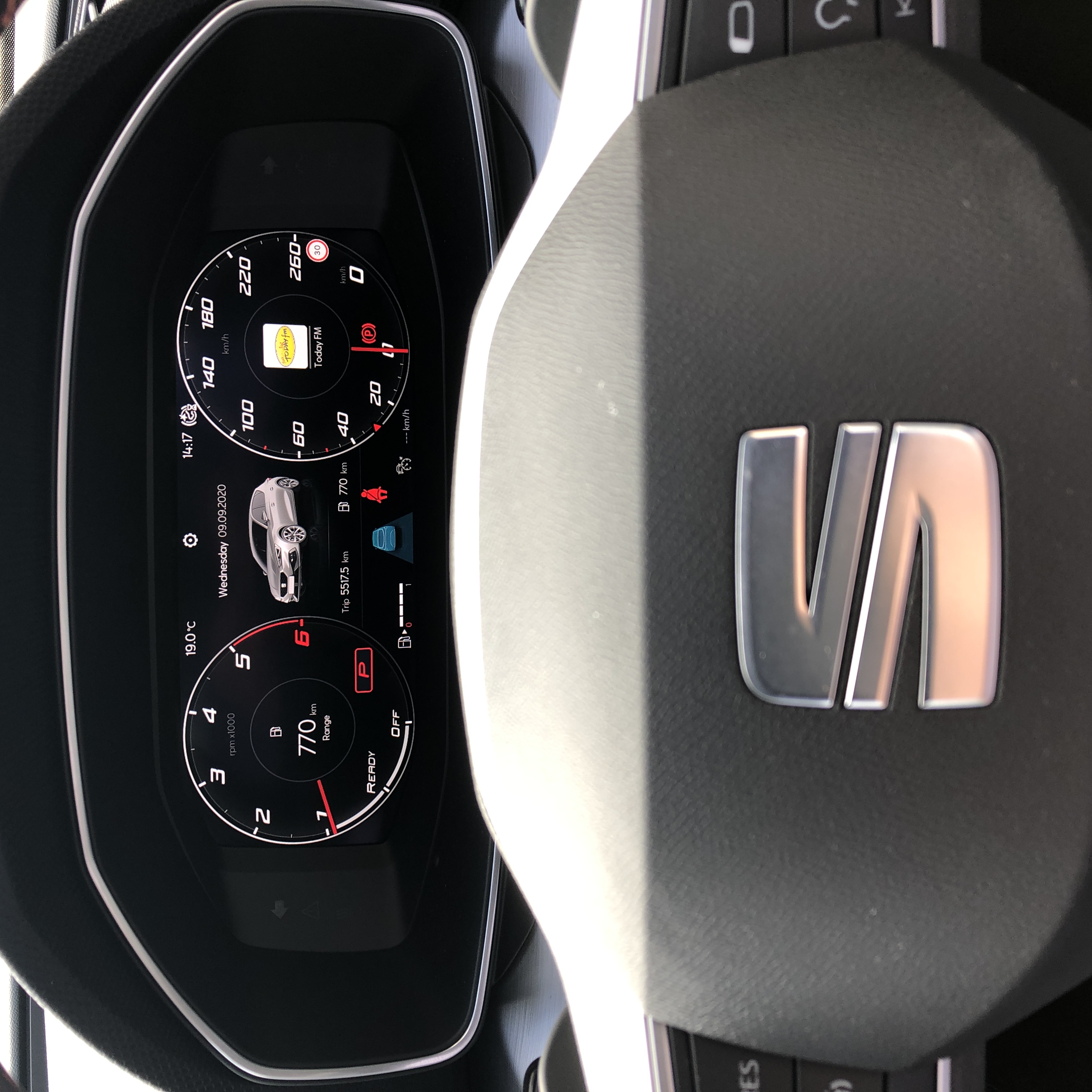 This works by keeping the vehicle safety systems always alert and monitoring the car’s route with data gathered by a camera along with ultrasonic and radar sensors. This means the new SEAT Leon can react when facing obstacles on the road or sudden movements of other drivers. It will activate driver assistance when necessary, alerting drivers to a dangerous situation to help minimise the risk of an accident. This means that predictive Adaptive Cruise Control, Emergency Assist, and Side and Exit Assist, are all combined to protect the Leon and passengers 100% of the time.
This works by keeping the vehicle safety systems always alert and monitoring the car’s route with data gathered by a camera along with ultrasonic and radar sensors. This means the new SEAT Leon can react when facing obstacles on the road or sudden movements of other drivers. It will activate driver assistance when necessary, alerting drivers to a dangerous situation to help minimise the risk of an accident. This means that predictive Adaptive Cruise Control, Emergency Assist, and Side and Exit Assist, are all combined to protect the Leon and passengers 100% of the time.
 Cost is where SEAT usually shines through and yes the new Leon kicking off at just €23,910 for the petrol is a competitive offer. PCP Finance coming in at 2.9% across the new Leon range is also available meaning you could have a new Leon for as little as €239 per month. Diesel prices kick off at €26,040 and customers can also avail of a discounted 3-year service plan for only €9.99 per month.
Cost is where SEAT usually shines through and yes the new Leon kicking off at just €23,910 for the petrol is a competitive offer. PCP Finance coming in at 2.9% across the new Leon range is also available meaning you could have a new Leon for as little as €239 per month. Diesel prices kick off at €26,040 and customers can also avail of a discounted 3-year service plan for only €9.99 per month.
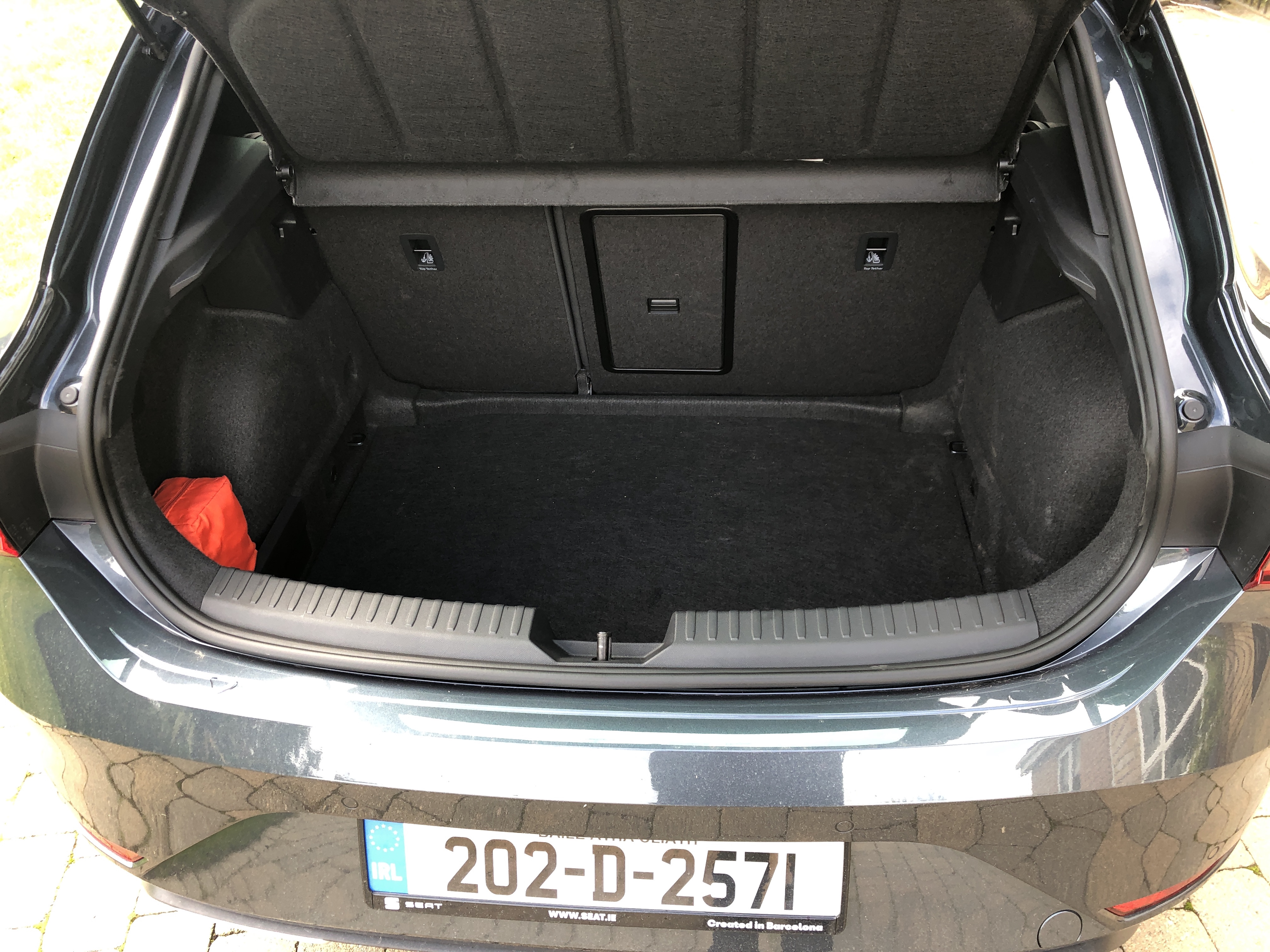
We think its safe to say the new SEAT Leon is the most advanced vehicle in the history of the brand. It’s evident in the cutting-edge design and interior. We spent a week with two different variants one of which, we reviewed for the YouTube channel and the other FR version we had here. Both cars impressed immensely and beg the question why would you opt for the more expensive Golf when your money goes a little further with SEAT. Yes the touch displays take a little getting used to and some of the driver assist functions might be a little intrusive but over all it’s a very good drive. It’s not hard to see why the SEAT Leon remains a core model for the brand in the Irish market when they put so much effort in to the design and build. Others have forgot this sector in favour of putting all their efforts into their next crossover but thankfully SEAT still see the value in the family hatchback and for this, we applaud them.
